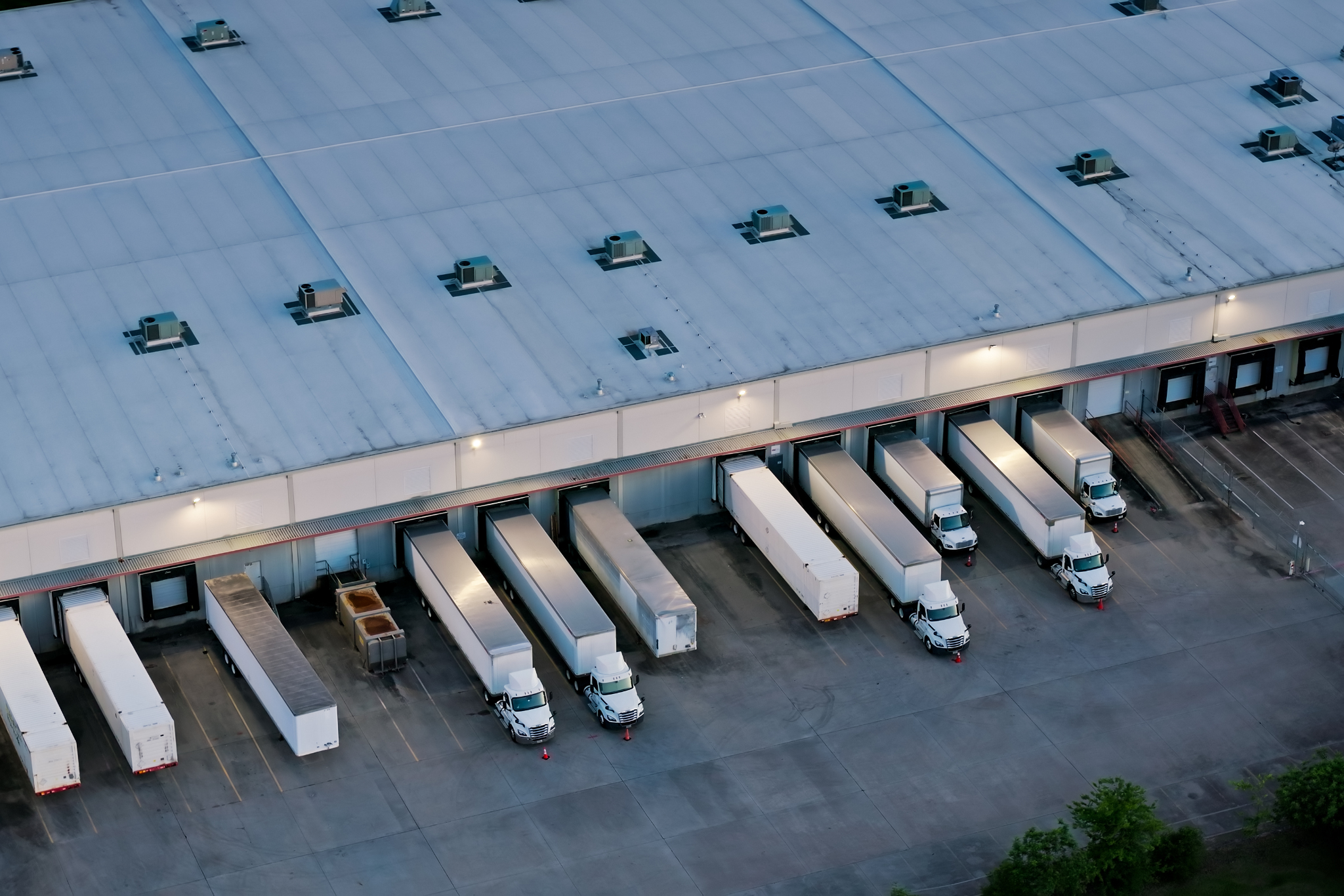
Over the last three years, supply chain disruptions have become the new normal. While industry experts predict some relief for 2023, companies will continue to face major challenges across the entire supply chain, from procurement and production to order fulfillment and returns.
Overcoming these ongoing obstacles requires companies to optimize their supply chain operations to increase flexibility and resilience. Below are five main areas companies should focus on to avoid disruption and ensure supply chain success in the new year.
Inventory Management
Shortages, delays and changing customer demand left many companies with massive amounts of excess inventory in 2022. Retailers that increased orders to avoid stockouts are now resorting to steep discounts to unload the glut of goods. Food supply chains faced their own set of inventory challenges as diseases, extreme weather, the war in Ukraine and other unexpected disruptions led to shortages and price hikes for many household staples such as lettuce, eggs and vegetable oil.
While stockouts can result in a bad experience and drive customers to your competitors, holding on to too much inventory can lead to high carrying costs and profit loss. Since disruptions can occur at any point in the supply chain, it is important to diversify your supplier base and utilize advanced software with real-time, end-to-end visibility to ensure you have the right amount of the right products available at the right time.
Warehouse Design
America’s warehouses aren’t getting any younger. According to JLL, nearly 75% of buildings are 20 years or older and therefore insufficient to meet today’s demands due to lower ceiling heights, fewer dock doors and limited trailer parking. Despite rising rents and lower-than-average vacancy rates, Prologis predicts that new construction will drop by nearly 60% this year, which would lead to another shortage of warehouse space by 2024.
With material costs and construction timelines also on the rise, companies should focus on updating their current facilities to increase capacity and efficiency. Conducting a warehouse assessment will help you identify potential operational and process improvements within your existing warehouses.
Network Optimization
In addition to optimizing their current warehouses, many companies are also making changes to the size of their supply chain network. According to a recent survey by Gartner, 51% of respondents increased the number of facilities in their network and nearly a quarter (23%) reduced their number of network locations over the last two years.
Before embarking on a network expansion or consolidation project, it is important to thoroughly evaluate all factors affecting cost and service, including real estate, labor, transportation, taxes and incentives, and proximity to customers, suppliers and other supply chain partners. Performing a network analysis will help you determine the right size, purpose, number and location of facilities to meet customer demands while minimizing costs.
Labor
Labor issues were not confined to the four walls of the warehouse last year. Truck driver shortages were also a cause of supply chain disruptions, with the American Trucking Associations reporting a shortage of 78,000 drivers at the end of 2022.
While industry growth is a big driver, other factors including retirements, high turnover rates and increasing regulations are also contributing to ongoing shortages. To help combat labor challenges in 2023, companies must implement creative strategies for attracting and retaining logistics workers.
Technology
As increasing disruptions and demands continue to challenge companies in 2023, many logistics operations are turning to technology and automation. According to the 2022 MHI Annual Industry Report, only 28% of respondents were using warehouse automation and robotics in their supply chain operations last year, but that number is expected to reach 79% by 2027.
While warehouse automation can help companies address space, labor and capacity constraints, there is no one-size-fits-all solution. With so many different systems and vendors on the market today, an experienced supply chain consultant can help you determine the right type of warehouse automation for your unique operations.
In today’s constantly changing environment, companies must continually evaluate and update their supply chain operations to remain competitive in the new year and beyond. Contact us today to learn how we can help you develop a flexible supply chain solution to meet your current and future needs.
How can we help improve your supply chain operations?
Schedule a consultation or contact Tompkins Solutions for more information.

Featured Posts
Discover valuable resources to enhance your knowledge.





